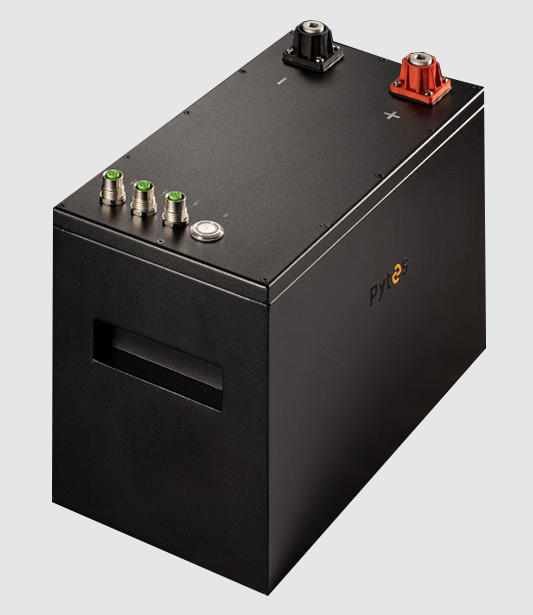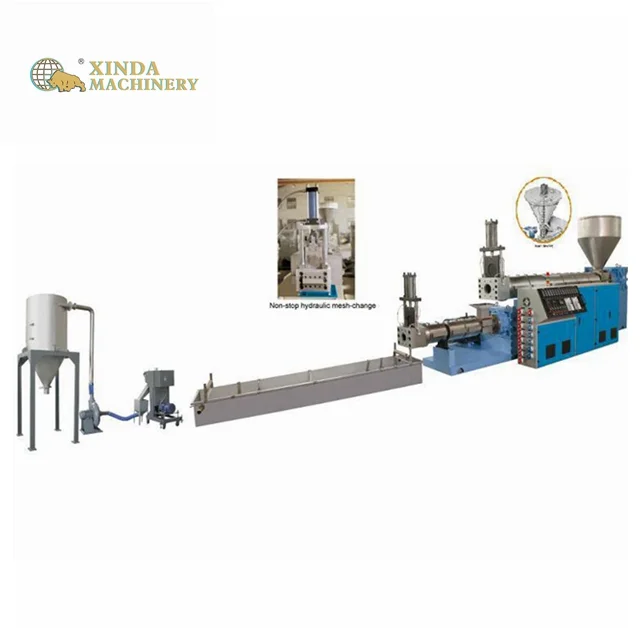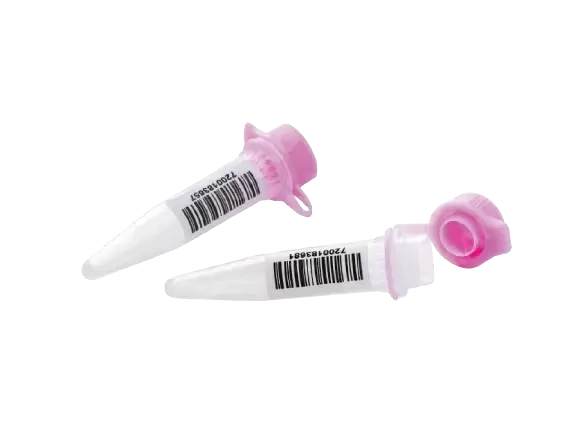Unleashing Performance: A Comprehensive Guide to Boost Controllers in Automotive Engineering
In the realm of automotive performance tuning, boost controllers play a pivotal role in optimizing engine output and efficiency. As turbocharging technology becomes increasingly prevalent in modern vehicles, understanding the various types of boost controllers is essential for enthusiasts and professionals alike. This article delves into the intricacies of boost controllers, exploring their types, functionalities, and applications, while providing insights into how they can enhance your vehicle's performance.
Understanding Boost Controllers
Boost controllers are devices designed to regulate the amount of boost pressure produced by a turbocharger. By controlling the boost pressure, these devices help manage engine performance, throttle response, and fuel efficiency. The primary goal of a boost controller is to ensure that the engine operates within its optimal performance range, preventing issues such as boost creep, overboost, and turbo lag.
Types of Boost Controllers
Boost controllers can be broadly categorized into two main types: manual boost controllers and electronic boost controllers. Each type has its own set of advantages and disadvantages, making them suitable for different applications and user preferences.
- Manual Boost Controllers (MBC)
Manual boost controllers are simple, mechanical devices that allow users to adjust boost levels manually. They typically consist of a boost pressure source, a control valve, and a spring mechanism. Here are some key features of MBCs:
- Simplicity and Cost-Effectiveness: MBCs are generally more affordable and easier to install than their electronic counterparts. They require minimal wiring and can be adjusted on-the-fly, making them a popular choice for budget-conscious enthusiasts.
- Direct Control: With an MBC, users have direct control over boost levels. This hands-on approach allows for quick adjustments based on driving conditions or personal preferences.
- Limitations: While MBCs are effective for basic boost control, they lack the sophistication of electronic systems. They may not provide precise control over boost levels, especially under varying load conditions, which can lead to inconsistent performance.
- Electronic Boost Controllers (EBC)
Electronic boost controllers utilize advanced technology to regulate boost pressure with greater precision. They typically feature a microcontroller, sensors, and a solenoid valve to manage boost levels. Here are some advantages of EBCs:
- Precision and Consistency: EBCs can adjust boost levels dynamically based on real-time data from the engine, such as RPM, throttle position, and air-fuel ratio. This allows for more consistent performance and improved throttle response.
- Programmability: Many EBCs come with programmable features, allowing users to set multiple boost profiles for different driving conditions. This flexibility is particularly beneficial for those who participate in motorsports or require different performance settings for daily driving.
- Integration with Engine Management Systems: EBCs can often be integrated with aftermarket engine management systems, enabling more comprehensive tuning options. This integration allows for better control over fuel maps and ignition timing, further enhancing overall performance.
- Cost Considerations: While EBCs offer advanced features, they tend to be more expensive than MBCs. Additionally, installation may require more technical expertise, particularly if integration with an engine management system is involved.
Choosing the Right Boost Controller
When selecting a boost controller, several factors should be considered:
- Vehicle Type and Purpose: The choice between an MBC and an EBC largely depends on the vehicle's intended use. For daily drivers or casual enthusiasts, an MBC may suffice. However, for high-performance applications or competitive motorsports, an EBC is often the better choice.
- Budget: Consider your budget for both the controller and installation. While MBCs are generally more affordable, the long-term benefits of an EBC may justify the higher initial investment.
- Tuning Experience: If you are comfortable with tuning and adjusting parameters, an EBC may provide the flexibility you need. Conversely, if you prefer simplicity, an MBC might be the way to go.
Conclusion
Boost controllers are essential tools for optimizing turbocharged engine performance. By understanding the differences between manual and electronic boost controllers, automotive enthusiasts can make informed decisions that align with their performance goals and driving styles. Whether you choose the simplicity of a manual boost controller or the precision of an electronic boost controller, the right choice can significantly enhance your vehicle's performance, ensuring that you unleash its full potential on the road or track.




